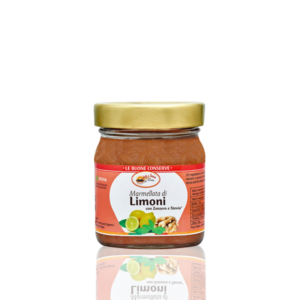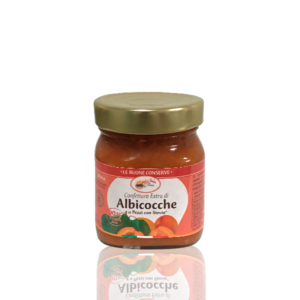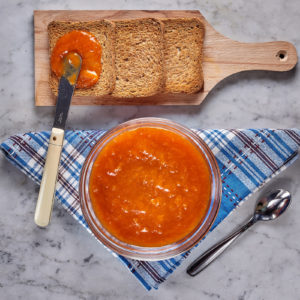Additional information
| Source area | Mount Somma -(NA)/ Cilento area (SA) - Italy. |
|---|---|
| Nutritional Intake | The fig is completely sodium-free, but five times richer than banana in potassium. Good content of phosphorous, calcium, magnesium, iron, cobalt and boron. Modest quantity of iodine. The fresh fruit is rich in vitamin A, B1, B3, B5, B6, and vitamin C. Good presence of fructose, glucose, sucrose, sorbitol and maltose, soluble(β-glucan) and insoluble fiber, with antioxidants like tannins, clorogenic acid and its derivates. |
| Period of transformation | From the second week of August to the first week of September |
| Trivia | According to Plutharc, the fig was a symbol of knowledge and truth, and had a sacred value. The word sycophant derives from the fig tree fruit (from Greek sukon, “fig”, and phanein, “to show”), nickname for those who reported fig robberies from consecrated gardens. |
| Source area | Germania |
|---|---|
| Nutritional Intake | Stevia Rebaudiana is a herbaceous plant known for centuries for its sweetening power, thanks to the presence of dipertenic glycosids like stevioside (3-10% dry weight, which gives the typical licorice taste), and rebaudioside A (1-3% dry weight)concentrated in the dried leaflets 200 times sweeter than common table sugar (stevioside, in particular, is 200 times sweeter and rebaudioside is 250 sweeter than common table sugar). On the market, steviol glycosides are usually mixed with a natural polyalcohol (erithritol), with sweetener function and neutral flavor. Stevia is a powerful anticariogenic, with very low calories and perfect for diabetics; it can resist high temperatures without degrading and assume hypoglycaemic and hypotensive features when consumed in considerable quantities. Unlike table sugar, stevia is not a refined sugar: it is obtained by the crystallization of hydroalcoholic extracts released by leaflets during the water processing. Calories indicates on the label actually derive from sugar added for shelflife necessity. A product that contains Stevia as added sweetener should expire in less than six months. |
| Period of transformation | The period of use fits the availability period of fresh fruit used for the final product. |
| Trivia | The first information concerning this plant dates back about to 1850: it was used as sweetener by indigenous people of Amazon area of South America. The name “Rebaudiana” derives from the Paraguayan chemist Rebaudi, who extracted the first sweetening agent from the plant. Stevia has been used as sweetener in Japan since the 1970’s. |


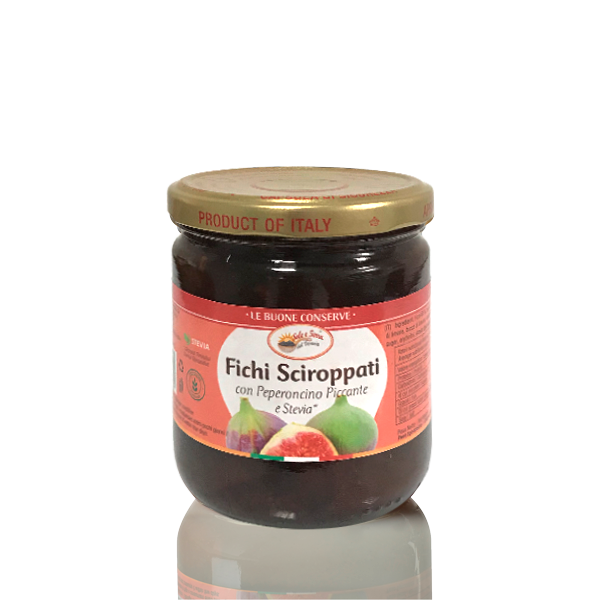


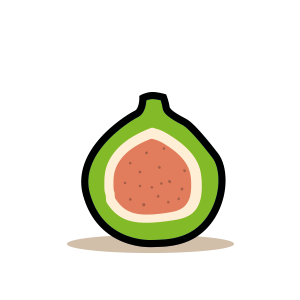 White figs 68%
White figs 68%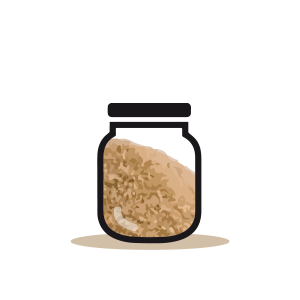 Brown sugar
Brown sugar Erythritol
Erythritol Steviol glycosides
Steviol glycosides Lemon juice
Lemon juice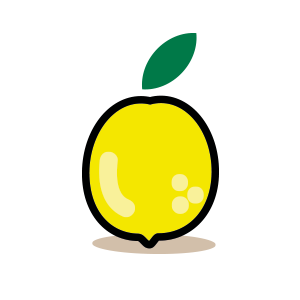 Lemon peel
Lemon peel Cinnamon
Cinnamon Chili pepper
Chili pepper

